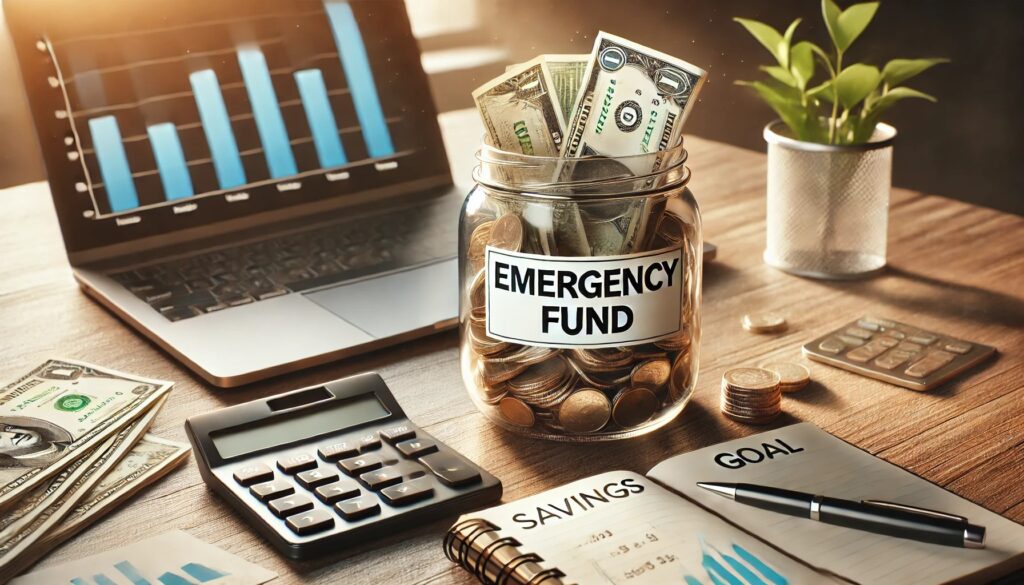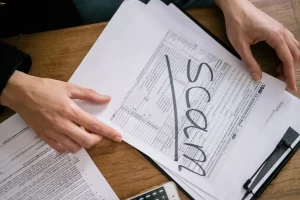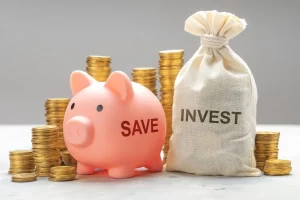- Economy & Budget
How to Build an Emergency Fund and Why It’s Essential

Life is unpredictable, and unexpected expenses—such as medical emergencies, car repairs, or job loss—can put you in financial trouble if you’re not prepared. That’s why having an emergency fund is one of the most important steps toward financial stability.
In this guide, we’ll explore why an emergency fund is essential, how much you should save, and how to build one from scratch—even if you’re on a tight budget.
What Is an Emergency Fund?
An emergency fund is a savings account specifically set aside for unexpected expenses. Unlike regular savings, this money is not meant for vacations, shopping, or other non-essential spending.
🚨 When Should You Use It?
- Medical emergencies
- Car or home repairs
- Job loss or income reduction
- Unexpected travel for family emergencies
🚫 When NOT to Use It?
- Buying a new phone or gadget
- Funding a vacation
- Impulse shopping
Why an Emergency Fund Is Essential
💡 Avoids Debt – Without savings, many people rely on credit cards or loans to cover emergencies, leading to debt and high interest rates.
💡 Reduces Stress – Knowing you have a financial cushion helps you feel more secure and less anxious about unexpected costs.
💡 Gives You Financial Freedom – You won’t have to depend on family, friends, or lenders when an emergency happens.
💡 Prepares You for Job Loss – Having enough savings allows you to cover your basic expenses while looking for a new job.
How Much Should You Save in an Emergency Fund?
The amount you should save depends on your income, lifestyle, and financial responsibilities. Here are some general guidelines:
✔️ Basic Starter Fund: $500 – $1,000 (for small emergencies)
✔️ Moderate Fund: 3 months of living expenses (for job security)
✔️ Fully Funded Emergency Fund: 6-12 months of expenses (for long-term security)
👉 Example Calculation:
If your monthly expenses are $2,000, you should aim for:
- $6,000 for a 3-month emergency fund
- $12,000 for a 6-month emergency fund
Step-by-Step Guide to Building an Emergency Fund
Step 1: Set a Realistic Savings Goal
Start by deciding how much you want to save. If saving 6 months of expenses sounds overwhelming, begin with a smaller goal like $500 or $1,000.
💡 Pro Tip: Break your goal into smaller milestones. Instead of aiming for $6,000 immediately, focus on saving $500 at a time.
Step 2: Open a Dedicated Savings Account
Keep your emergency fund separate from your regular checking account to avoid spending it.
🏦 Best Account Options:
- High-yield savings account (earns interest while keeping money accessible)
- Money market account (offers slightly higher interest rates)
🚫 Avoid keeping emergency savings in risky investments like stocks, as their value can fluctuate.
Step 3: Automate Your Savings
The easiest way to grow your emergency fund is to automate your savings so you don’t have to think about it.
💰 Ways to Automate:
- Set up a monthly transfer from checking to savings
- Use round-up savings apps (e.g., Acorns, Chime) to save spare change
- Allocate a percentage of each paycheck to your emergency fund
🚀 Example: If you save $50 per week, you’ll have $2,600 in one year!
Step 4: Cut Unnecessary Expenses
If you struggle to save money, look at your expenses and identify where you can cut costs.
🔻 Ways to Free Up Cash:
- Cancel unused subscriptions (streaming services, gym memberships)
- Cook at home instead of eating out
- Buy generic brands instead of name brands
- Reduce impulse purchases by following the 24-hour rule
Even small savings add up over time!
Step 5: Find Ways to Increase Your Income
If cutting expenses isn’t enough, look for ways to earn extra money and funnel that income into your emergency fund.
💡 Ideas for Earning Extra Cash:
- Freelancing (writing, graphic design, consulting)
- Selling unused items online (Facebook Marketplace, eBay)
- Driving for Uber/Lyft or delivering food
- Offering services like tutoring, babysitting, or dog walking
Every extra dollar can speed up your savings goal!
Step 6: Keep Your Emergency Fund Growing
Once you reach your savings goal, don’t stop saving! Unexpected expenses can happen anytime, so continue adding money when possible.
✔️ Replenish your fund if you ever need to use it.
✔️ Reevaluate your goal if your expenses increase over time.
Where to Keep Your Emergency Fund?
Your emergency fund should be easily accessible but not too easy to spend impulsively.
💰 Best Options:
✅ High-yield savings accounts (safe, accessible, and earns interest)
✅ Money market accounts (higher interest but slightly less accessible)
🚫 Where NOT to Keep It:
❌ In cash (risk of loss or theft)
❌ In stocks or risky investments (market fluctuations)
❌ Locked in a long-term CD (harder to access in emergencies)
Final Thoughts
Building an emergency fund is one of the smartest financial moves you can make. It provides security, peace of mind, and financial independence when unexpected expenses arise.
✔️ Start small—even saving $10 a week makes a difference.
✔️ Keep your fund separate to avoid unnecessary spending.
✔️ Make it a habit—automate savings and look for ways to increase income.
🚀 The sooner you start, the sooner you’ll have financial security!






